Walking along the riva past Carpe Diem, the Franciscan Monastery comes into view. Built in 1461, it was jointly financed by the nobles of Hvar and sea commanders as testament to their gratitude for many lives saved at sea near Hvar.
Walking along the riva past Carpe Diem, the Franciscan Monastery comes into view. Built in 1461, it was jointly financed by the nobles of Hvar and sea commanders as testament to their gratitude for many lives saved at sea near Hvar. The local contribution included 1000 gold coins from Antun Lucić, and his son Hanibal Lucić, one of Hvar’s most famous poets, is buried under the main altar.
It is one of the finest buildings on the island, celebrated 550 years in December 2011, and is probably the most peaceful spot on Hvar Town’s crowded waterfront. To reach the Franciscan monastery, simply walk along the waterfront past Carpe Diem and follow the path into a small bay, which is home to the monastery and another very calm establishment, the Djordjota Vartal restaurant.
The charm of the monastery has been beautifully captured by Romulić and Stojčić (all rights reserved).
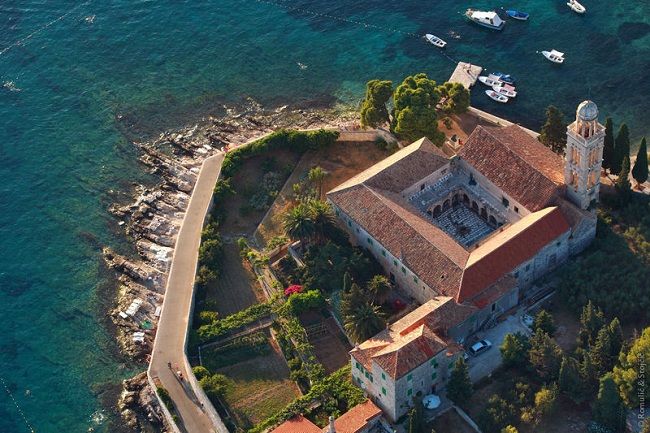
Here is an extract I wrote about the 550 year celebrations for Google News last year by way of background:
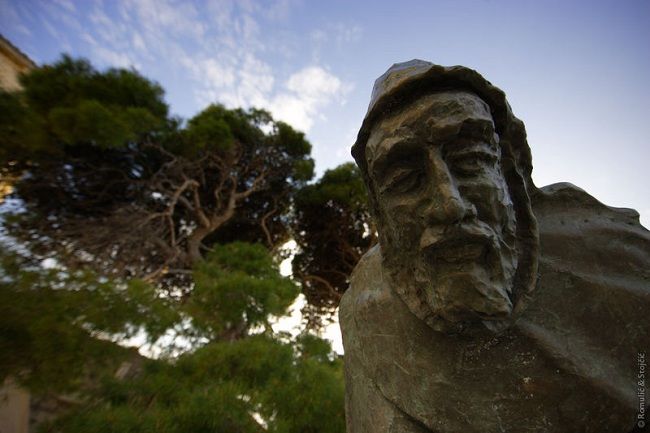
Better known for its excellent climate and vibrant nightlife, the island of Hvar in Croatia also has a rich cultural heritage, and a programme of celebration to mark the 550th anniversary of the town’s Franciscan Monastery begins on December 7, 2011, according to a press release on the town’s municipal website.
The monastery has enjoyed a rich history since it was founded and is one of the most attractive tourist sights in the town.
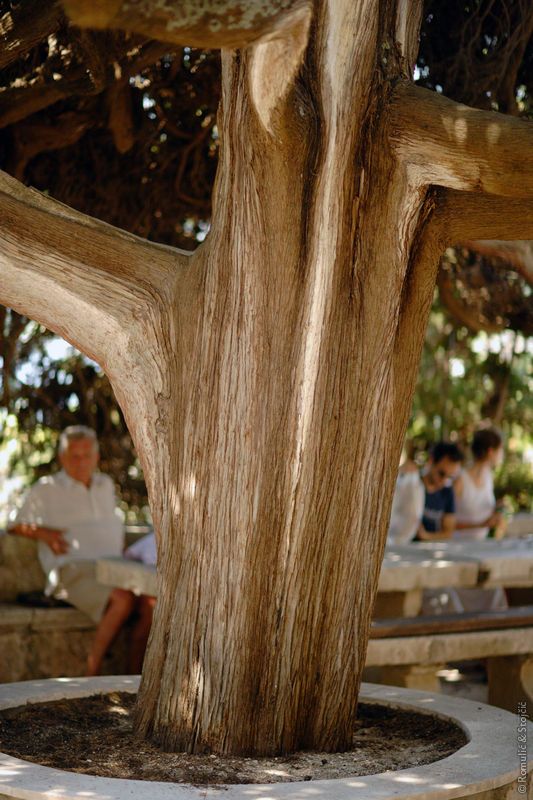
Given its location in the Adriatic and its protected bays, Hvar has been an important nautical centre since the Ancient Greeks first arrived in 384 BC, and its inhabitants saved many shipwrecked sailors, leading to the founding of the monastery.
So grateful were the commanders of the ships that they funded the construction of the Church of Our Lady of Grace in 1461. The project was also partially financed by local nobles, including Anton Lucić – father of Hvar’s famous writer Hanibal – who donated 1000 gold coins. Hanibal Lucić, a well-known Croatian Renaissance playwright and poet, is buried under the altar.
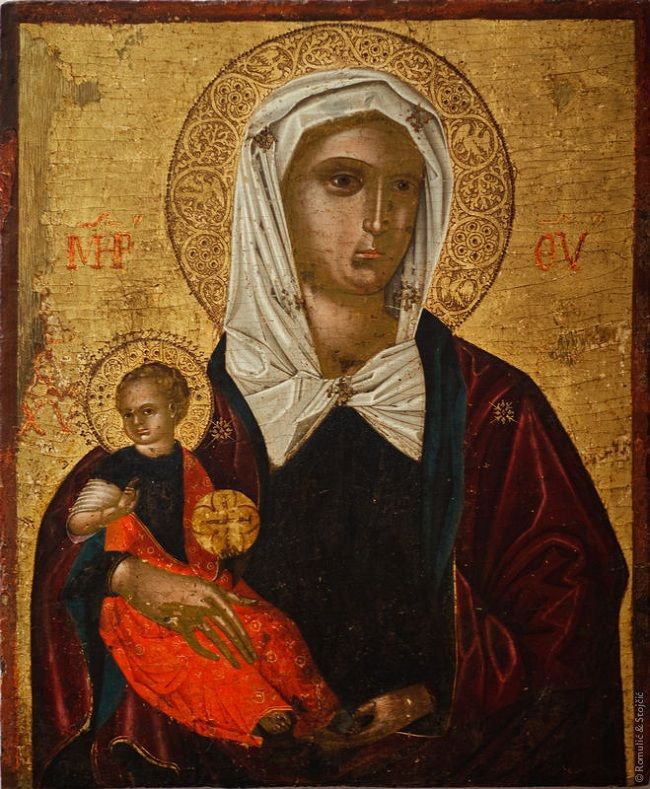
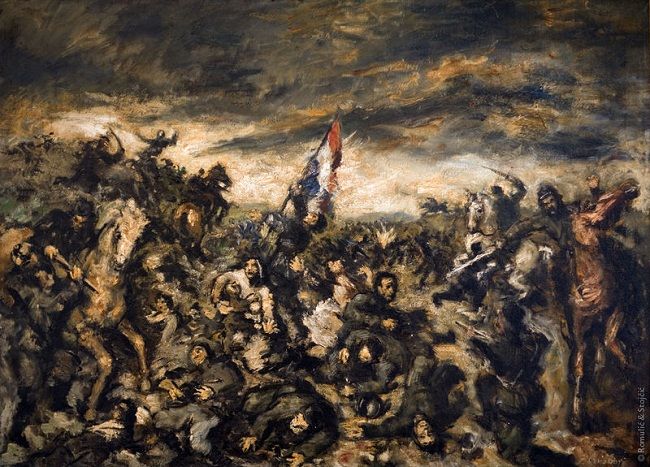
The 2011 celebrations are due to begin at 1530 with a welcoming letter from Bishop Slobodan Štambuk and an opening greeting from Hvar Mayor Pjerino Bebić, with events including a science colloquium, concert by local klapa group, Stella Maris, and a mass the following day at 1700, given by Bishop Štambuk.
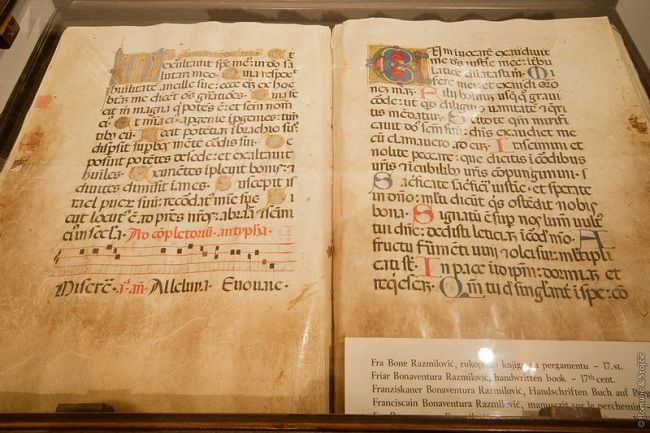


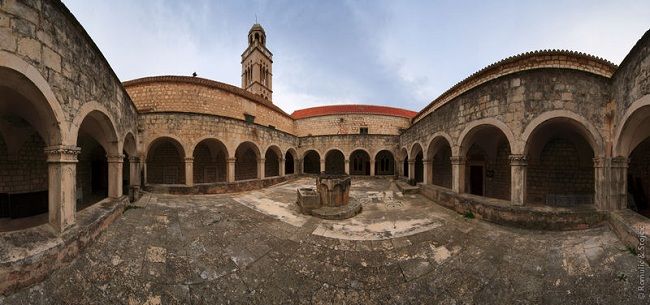
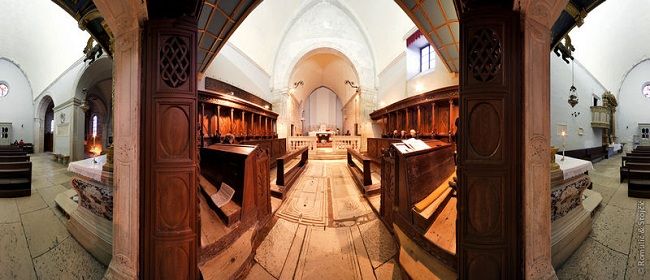
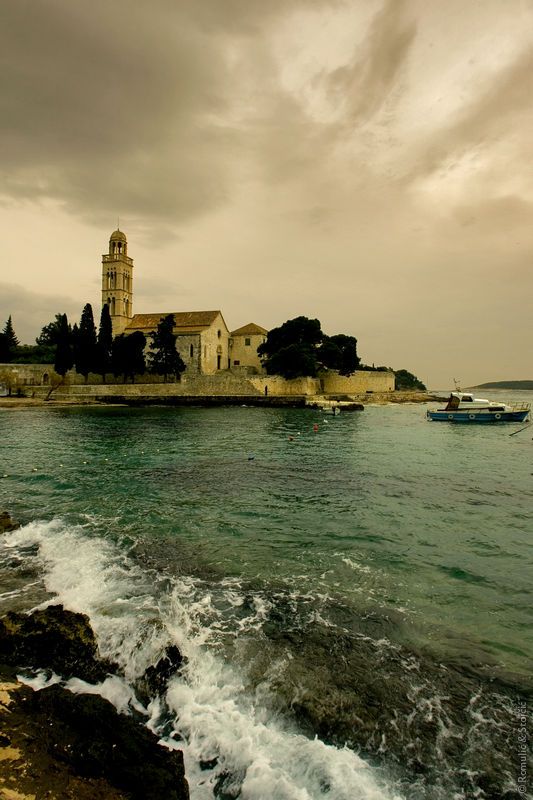

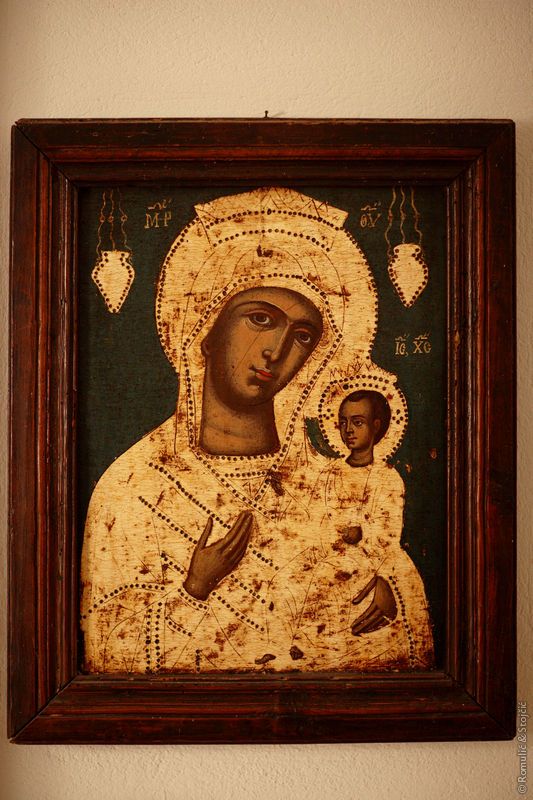
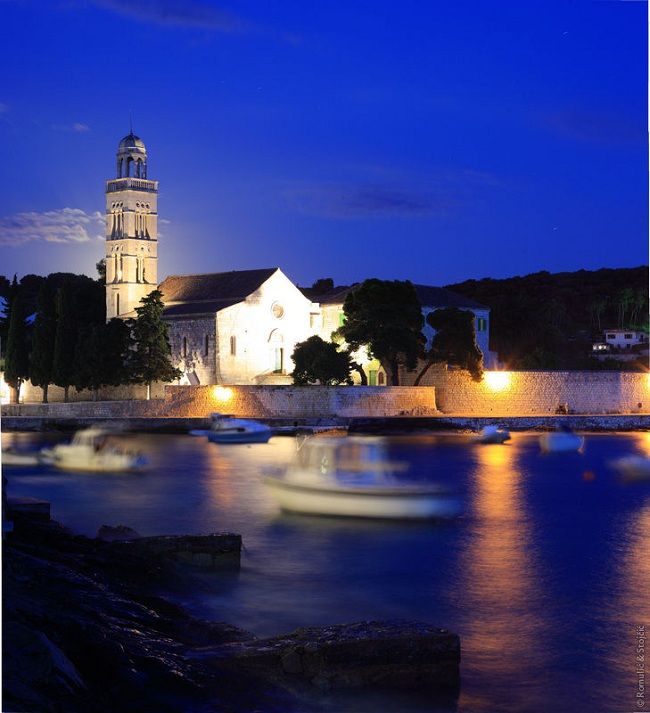
For a virtual tour, click here.








